Risk management is an essential pillar of our corporate governance strategy at every organizational level of the Company. The Company adheres to risk management guidelines in anticipating potential uncertainties and develop appropriate mitigation strategies.
RISK FACTOR
In carrying out its business activities, the Company cannot be disassociated from various risks that can cause negative impact for the continuity of the Company's business. The risks disclosed in the following description are main risks on business performance, material risks on the Company’s financial conditions, general risks, and investor risks. These risks are arranged based on the level of the impact of each risk on the Company's performance.
1. MAIN RISKS THAT HAVE SIGNIFICANT IMPACT ON THE COMPANY'S BUSINESS PERFORMANCE
- Business competition risk
2. BUSINESS RISKS THAT ARE MATERIAL, EITHER DIRECTLY OR INDIRECTLY THAT MAY AFFECT THE BUSINESS RESULTS AND FINANCIAL CONDITIONS OF THE COMPANY
- Technology transformation risk
- Raw material supply risk
- Risks related to termination of cooperation with partners and clients
- Investment risk
- The risk of failure of the Company and its Subsidiaries to comply with the prevailing laws and regulations in the business sector
- Risk of resources shortages
3. GENERAL RISKS
- Risk of macro or global economic conditions
- Risk of foreign exchange rates
- Risk of compliance with laws and regulations
- Risk of other country regulations or international regulations
- Risk of lawsuits
4. RISK FOR INVESTORS
- Stock liquidity risk
- Risk of fluctuations of stock prices
- The risk that the Company's ability to pay dividends in the future will depend on its retained earnings, financial conditions, cash flow and working capital requirements in the future
- The risk of selling shares in the future may affect the market price of the Company's shares
RISK MANAGEMENT
In dealing with the risk factors, the Company implements risk management for mitigation as follows:
Business competition risk
To mitigate this risk, the Company has a research and development division for creating innovations in order to answer consumer and global needs. The Company also continues to maintain quality in fulfilling the existing needs.
Technology transformation risk
To mitigate this risk, the Company continues to follow developments in existing technology and adopts it according to needs.
Raw material supply risk
To mitigate this risk, the Company continue to improve good relations with partner that supply raw materials to ensure the quality and quantity of raw materials.
Risks related to termination of cooperation with partners and clients
To mitigate this risk, the Company continue to build on the good relationship with each existing partner, and also continue to foster cooperation with new partners.
Investment risk
To mitigate this risk, the Company prioritizes analysis so that every investment can accelerate the growth of the existing business according to the contract agreement.
The risk of failure of the Company to comply with the prevailing laws and regulations in the business sector
To mitigate this risk, the Company appoint teams and/or consultants who have the competence to ensure that each line of business carried out is complying with the applicable laws and regulations.
Risk of limited resources
To mitigate this risk, the Company prioritizes the development and sharing of knowledge between various levels. In addition, the Company recruits human resources regularly through direct acquisitions and cooperation programs with universities.


